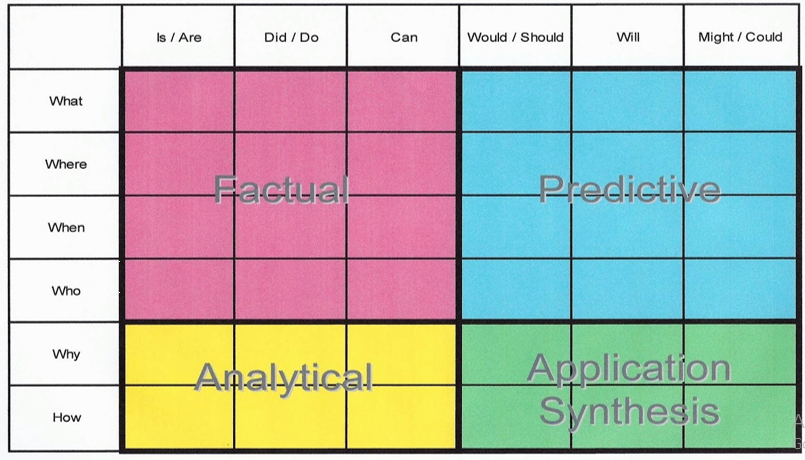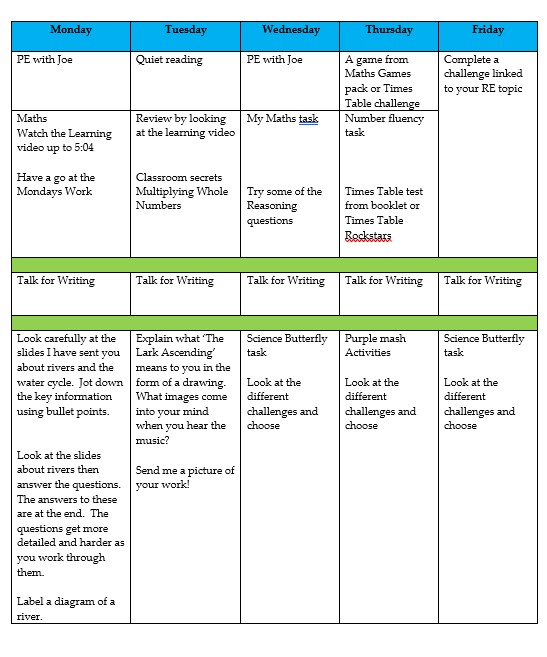- Home
- Our Learning
- Class Pages
- Lilac Class
- Remote Learning March - July 2020
- 2a. Week Eight Monday 1st June
2a. Week Eight Monday 1st June
Home Learning Plans
Lilac Class
Week Beginning: Monday 1st June
Reading:
- Carry on with your daily independent reading.
- This week I have given you a ‘Talk for Writing’ activity to complete that will cover all of our English for the week. This Year 5 Workbook has been written by Maria Richards and will cover reading comprehension, grammar, the development of vocabulary, planning a story and plotting ideas in a structured way and finally writing a story.
- Visit the Oxford Owl website. https://www.oxfordowl.co.uk/ Click on the My Class Login section

Use the following details to log in to the newly created Lilac Class section.
Username: lilac101
Password: pupil
Click on the ‘My Bookshelf’ section and select reading books that are right for you. Use the ‘Age Groups’ section to help narrow down the search.
- When completing guided or supported reading of an age appropriate text, focus on analytical questioning. Use the analytical section of this questioning tool to generate questions that challenge your child to analyse what has happened in the story.


For example:
-Why did they do that?
-How can you tell that…?
Spelling, Punctuation and Grammar:
PLEASE SEE YOUR ‘TALK FOR WRITING’ WORKBOOK
Writing:
PLEASE SEE YOUR ‘TALK FOR WRITING’ WORKBOOK
Maths: This week we are learning how to multiply a fraction by a whole number that is also called an integer.
- Watch my learning video LO: To multiply a fraction by a whole number (integer).
- I have given you some worksheets about multiplying a fraction by a whole number (integer). They become more challenging as you work through them. I have also given you Classroom Secrets worksheets. As you know they become more challenging so work through the sheets that I normally give you. There is no need to print out the sheets - just write your calculations in your exercise book. The answers are attached. I have also given you a Reasoning and Problem Solving activity, if you feel confident. Cover up the answers until you have finished your calculations!
- I have also set a MyMaths activity about multiplying fractions.
Numbers Fluency: Complete your new Maths with Parents activity I have set you about 5 and 6 digit place value. Class Code 48372
Remember your ‘Maths Games and Activities Pack’ that you can dip into from time to time.
Wider Curriculum: Pick activities from the Wider Curriculum Learning Matrix.
I have also attached my regular Homework sheet that your child would normally receive every Thursday.
If you would like some structure for your learning you could use the following:


